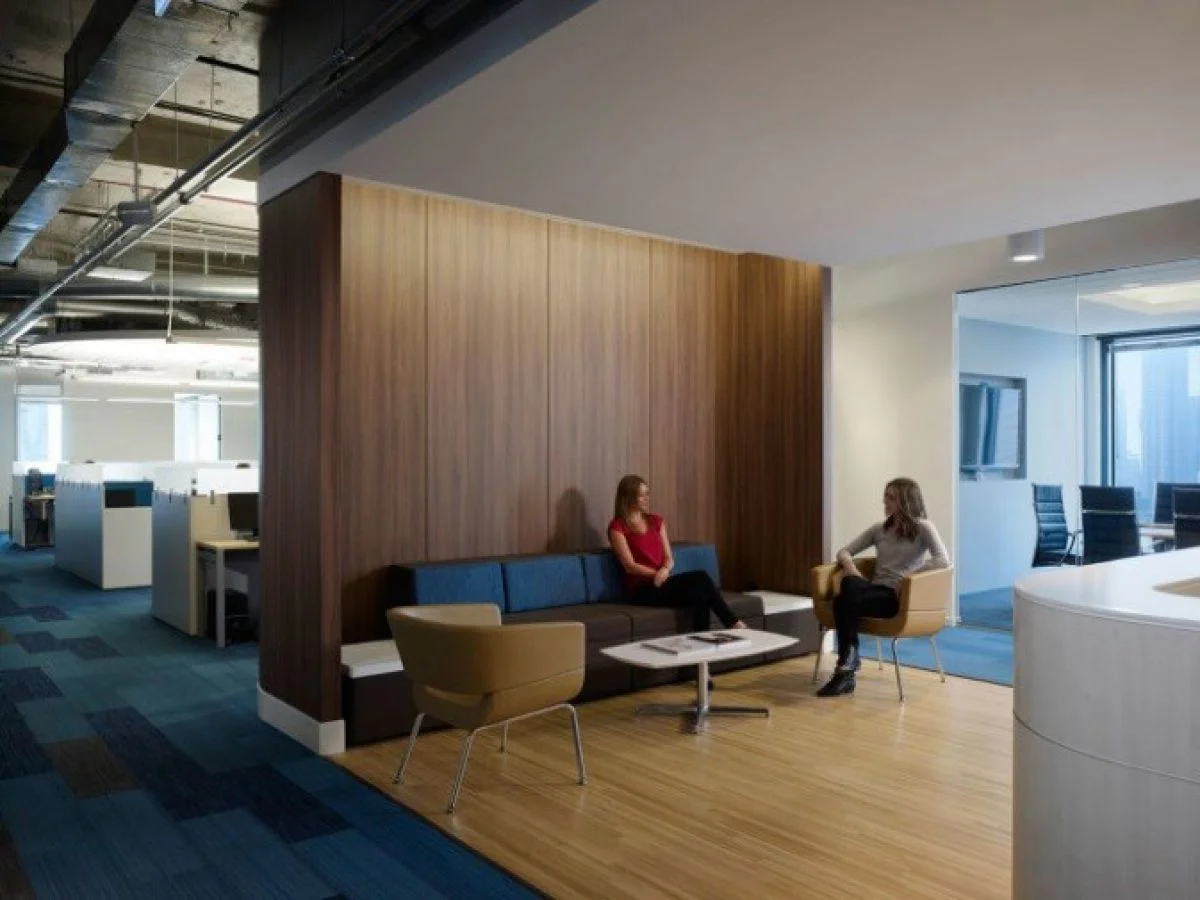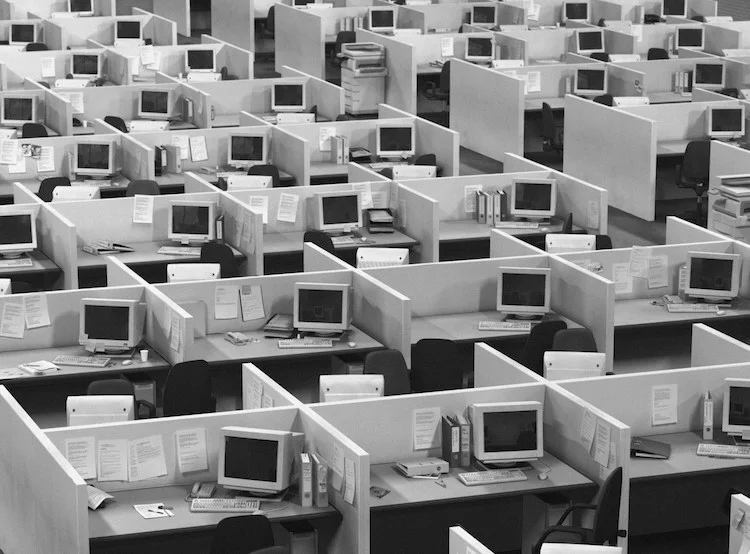Six-year-old Olive Sáenz has been "obsessed" with Minecraft for about a year, says her mother, Andrea Sáenz. "She spends hours building stuff, blowing stuff up, and building stuff again. She’s been pretty amazing at self-teaching."
But until this past summer, the video game was a solo experience for Olive, who is just now learning to read. Because she wasn’t able to communicate with other players she instead spent hours watching Stampy Cat’s popular YouTube videos, which serve as a Minecraft "how to" for beginners, and putting her own spin on challenges like constructing a roller coaster.
























